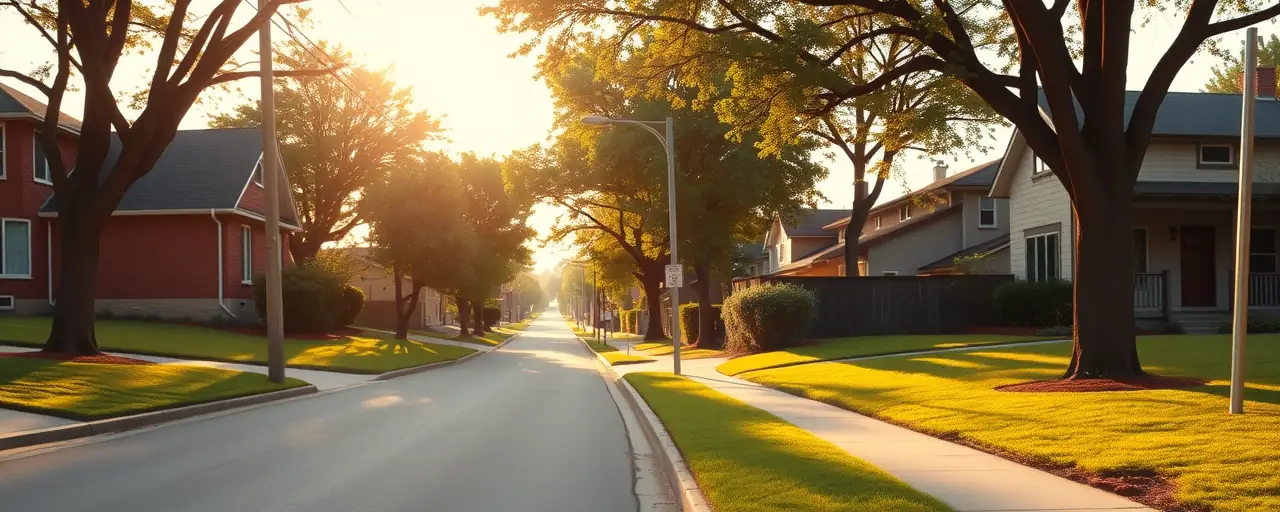A Transit System Under Pressure
Illinois’ public transit network, vital for millions in the Chicago region, faces a $771 million budget gap in 2026. The state Senate has proposed a sweeping plan to address this crisis, blending new taxes, tolls, and fees to ensure long-term service. But the approach has sparked intense debate, with urban and suburban residents divided over costs and benefits. For many, the plan feels like a defining moment for the region’s future.
Chicago’s transit system, including the CTA, Metra, Pace, and the Regional Transportation Authority, supports millions of daily trips, linking workers to jobs and fueling economic growth. Yet, post-pandemic ridership declines and fading federal aid have pushed agencies to the brink. The Senate’s May 2025 proposal aims to prevent devastating service cuts, but its mix of revenue measures touches nearly every commuter.
Central to the plan is the Northern Illinois Transit Authority (NITA), a new entity designed to unify governance and improve efficiency. While promising streamlined operations, it raises concerns about local oversight. As commuters weigh rising costs against service reliability, the question looms: can this plan deliver for everyone?
How the Plan Aims to Raise Funds
To tackle the $771 million shortfall, the Senate’s plan taps diverse revenue sources. A 50-cent toll surcharge, capped at $1 daily per vehicle, will affect tollway drivers. A 10 percent rideshare tax, now extended to suburban counties, targets users of platforms like Uber. A real estate transfer tax in collar counties will split funds between CTA pensions and transit-oriented development, while fees on public EV charging stations add another stream.
The plan also redirects state road fund interest to transit projects and requires $30 million in agency cost savings. However, it includes painful cuts, such as reduced weekend paratransit, Pace weekend routes, and up to 74 CTA bus lines. These reductions aim to stabilize finances but could disrupt riders who rely on those services.
The rideshare tax aligns with global trends, as the market is expected to reach $200 billion by 2025. Cities like New York have used similar taxes to fund transit, but Illinois’ broad approach—combining tolls, taxes, and cuts—faces scrutiny. Commuters want clarity on how higher costs will translate into better service.
City Needs Meet Suburban Concerns
The funding plan highlights deep urban-suburban tensions. Supporters of Chicago’s transit system argue that robust investment reduces traffic, lowers emissions, and promotes equity. They emphasize decades of underfunding in urban areas and view taxes on rideshares or real estate as fair contributions to a shared system. Recent bailouts for New York’s MTA, funded by business taxes, offer a precedent for this strategy.
Conversely, suburban commuters and leaders argue the plan places undue burdens on them. Toll hikes and rideshare taxes hit harder for those driving longer distances, who often see transit as a city-centric service. Historical data shows suburbs once received more state and federal aid per capita than cities, yet many suburbanites now feel overlooked. This friction reflects broader debates over regional equity.
Both perspectives carry weight. Urban areas, with median incomes 26 percent below suburban levels, need reliable transit to thrive. But suburban residents, facing rising costs, question funding a system they rarely use. The Senate’s challenge is to address these competing needs without alienating either group.
Real Impacts for Everyday Commuters
The plan’s effects will hit Illinoisans directly. Tollway users could pay an extra $1 daily, while rideshare fares may rise by 10 percent. Homebuyers in collar counties will face new transfer taxes, which could slow real estate markets. Service cuts, particularly to weekend routes and paratransit, may limit options for disabled riders and others, raising concerns about accessibility.
Nationwide, transit systems grapple with similar challenges. The eight largest U.S. agencies face a $6.6 billion shortfall through 2026, with Los Angeles Metro projecting deficits of $400 million in 2025. Illinois’ plan reflects a trend of diversifying revenue—through EV fees or property taxes—to sustain service. Yet, commuters need confidence that higher costs will improve their daily travel.
The Road Ahead
Illinois’ transit proposal is a bold attempt to secure the region’s mobility. By combining taxes, tolls, and efficiencies, it seeks to close a critical budget gap and ensure decades of service. But urban-suburban divides and service cuts pose risks. Lawmakers face pressure to balance commuter costs with the region’s economic and environmental priorities, a dilemma echoed across U.S. cities.
Public engagement will be crucial as the plan evolves. Residents, whether in Chicago or its suburbs, need a say in how funds are allocated. Clear communication about trade-offs—between costs and service quality—will build trust. If successful, Illinois could model innovative transit funding. If mishandled, it risks widening regional rifts.
The path forward demands compromise. A transit system that serves all Illinoisans, from city centers to suburbs, requires careful planning and shared commitment. As discussions continue, the choices made will shape how the region moves for generations.
